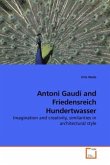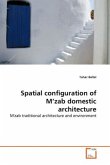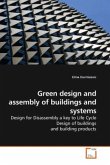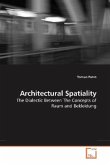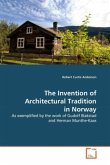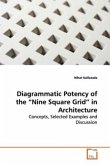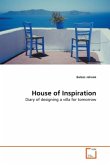Fascination of Hybridized Spaces
This work draws on the qualitative aspect of
Landscape Urbanism. It precisely questions the image
and space: the image which is not a representation
of reality of the city, and the space which is not
defined quantitatively. Instead, the image becomes a
simulacra and the space/city body become hybridized.
The work tries to focus on the fact that the
experience of postmodern urbanism, whether it is the
experience of image or space, is an experience of
intensities. These intensities are intensities of
fascination: the dissociation and dismantling of
space/time in simulated image intensify seductivity;
the perpetuating and multiplying features intensify
desirability; and fusion, resulting into unexpected
presences and unexpected combination of city's
entities whereby city's materialism fuses with
city's mythology, and whereby city's excess fuses
with city's emptiness, this intensifies
pleasurability and panic. The work addresses, in
general, those who are in the urban design field,
and precisely, those who are interested in the
postmodern (intertextuality) approach in inspecting
city spaces.
This work draws on the qualitative aspect of
Landscape Urbanism. It precisely questions the image
and space: the image which is not a representation
of reality of the city, and the space which is not
defined quantitatively. Instead, the image becomes a
simulacra and the space/city body become hybridized.
The work tries to focus on the fact that the
experience of postmodern urbanism, whether it is the
experience of image or space, is an experience of
intensities. These intensities are intensities of
fascination: the dissociation and dismantling of
space/time in simulated image intensify seductivity;
the perpetuating and multiplying features intensify
desirability; and fusion, resulting into unexpected
presences and unexpected combination of city's
entities whereby city's materialism fuses with
city's mythology, and whereby city's excess fuses
with city's emptiness, this intensifies
pleasurability and panic. The work addresses, in
general, those who are in the urban design field,
and precisely, those who are interested in the
postmodern (intertextuality) approach in inspecting
city spaces.


